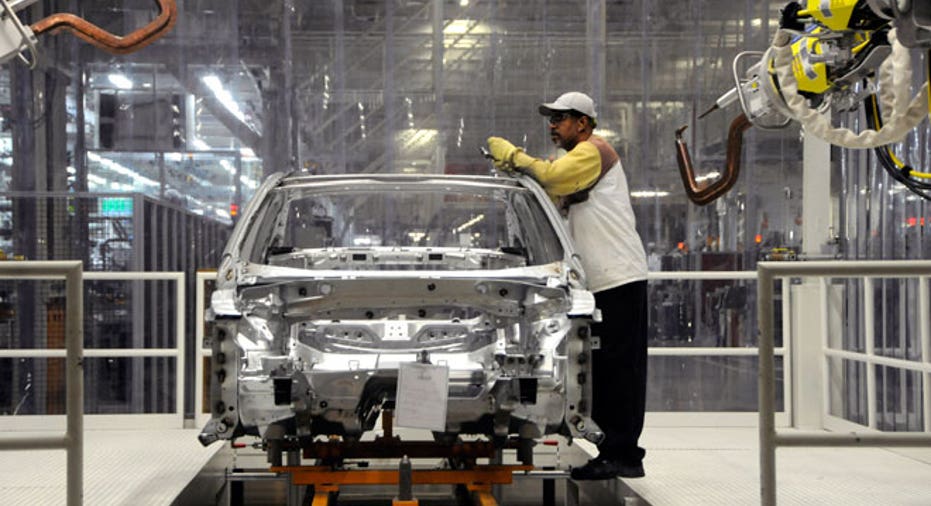Aftermarket Repair Parts and Different Types of Car Insurance

Many people get a little nervous when they hear their car is being fixed with aftermarket parts following an accident.
Insurance companies often insist on these generic parts, which are made by independent suppliers and tend to be cheaper than those distributed by the vehicle's manufacturer. Insurers save money at the garage and body shop, which they say is passed on to you and others through lower premiums.
The insurer will probably require you to pay the difference in the cost of the components if you demand that only original-equipment manufacturers (OEM) items be used in all or some of the repairs.
"Your insurance company can't require you to use only certain kinds of auto repair parts," says Michael Barry, a spokesman for the Insurance Information Institute (III). "However, if the company's rates are based on a certain type of part and you want something different, it can ask you to pay the difference if the part you want is more expensive."
The worry has always been about the quality of aftermarket parts -- are they as good as OEM components? California-based Consumer Watchdog is just one of the advocacy groups that says they aren't always as well made and has lobbied for more government oversight. And earlier this year, Consumer Reports questioned aftermarket bumpers and other body parts, which are often replaced after a crash.
While conceding that they can trim costs for car owners and insurers, Consumer Reports concluded that "unfortunately, the parts (many made overseas) might also be cheaper in quality."
But the Quality Parts Coalition (QPC), which represents the independent parts industry and insurers, among other interests, says the components are at least as dependable as OEM parts. They keep costs lower for consumers and insurers by preventing price-gouging by the big manufacturers.
Ed Salamy, the QPC's executive director, points to a new QPC report contending that most aftermarket parts the coalition scrutinized were, on average, 29 percent cheaper than OEM parts and saved consumers $80 million since 2009.
The III also says that existing laws protect policyholders with generic parts. Most states permit the use of aftermarket components as long as they are warranted by the manufacturer "to be of like kind and quality as OEM parts," according to the III.
Aftermarket Parts, Customization and Car Insurance
Aftermarket parts are significant beyond the repair industry. They also figure prominently in the customization of many vehicles, which raises another question: How do you make sure your insurance covers a car once it's been altered?
Here are how different types of car insurance cover aftermarket parts, both in repairs and customizing:
Collision and comprehensive is needed to fix or replace your car after a crash.
If you only have a liability policy, which helps protect you from lawsuits following an accident and pays only for damage to other cars, you won't be able to depend on your policy to repair or replace your own vehicle. Collision coverage fixes your car if you hit another car or object or someone uninsured hits you. Comprehensive covers damages related to theft, vandalism, natural disasters or collisions with animals. You'll need policies with these basic provisions for repairs, whether aftermarket or OEM parts are used.
Open your wallet if you don't want the vehicle fixed with generic parts.
Although many insurers use aftermarket parts, not all do. Barry and the III suggest discussing policy details with your agent to find out just what will happen after a mishap. If your coverage stipulates that aftermarket parts can be used, then you'll likely have to pay extra for the OEM components. But keep in mind that, according to Barry, insurers guarantee aftermarket parts. "If the part doesn't fit properly, the insurance company will generally put on an OEM part at no extra cost," he says.
The III notes that some insurers offer a choice between OEM and generic parts as part of an "endorsement," which is an addition to the original policy. This will likely raise your premiums. The III also points out that insurers are required to declare which OEM and aftermarket parts, if any, will figure in repairs.
Consider special coverage if you customize with aftermarket parts.
Customized parts and equipment coverage, known as CPE, is an endorsement to your existing policy that protects any equipment, devices, accessories, enhancements and changes that alter the appearance or performance of your vehicle. In other words, everything other than what the original manufacturer installed.
You can buy the extra coverage, which in many cases provides a limit of $5,000 in protection. Some insurers have lower limits; Esurance, for instance, sets its limit at $4,000. Although the endorsement is separate from your collision and comprehensive coverage, it may still be subject to the same deductibles.
A CPE endorsement can be crafted to reflect your own needs, but, in general, it covers customized wheels, paint jobs and leather interiors, spoilers and stereo equipment.
The original article can be found at CarInsurance.com:Aftermarket repair parts and different types of car insurance